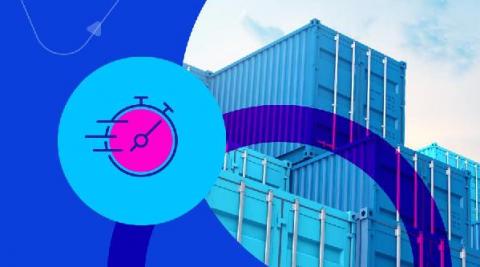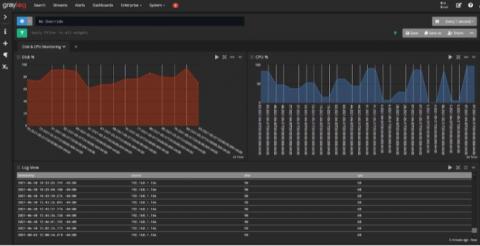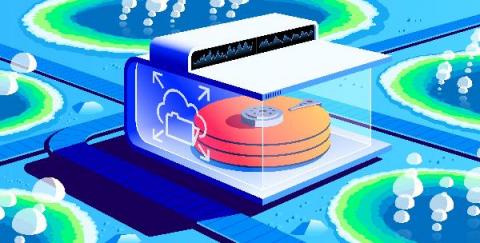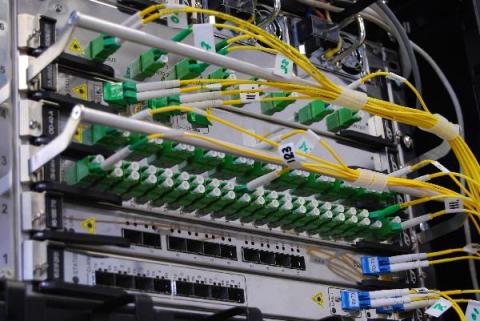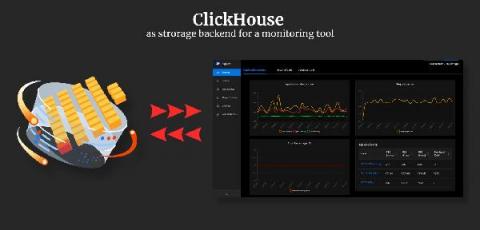Fast, highly available, shared storage for containers that natively integrates with your compute infrastructure
With containerized workloads now the norm, and Kubernetes the chosen method for orchestration, new ways of operating and managing the underlying infrastructure have emerged. In this Kubernetes-first world, the goal is to not have to think about managing compute or storage.


